April 20, 2025 | 13:59 GMT +7
April 20, 2025 | 13:59 GMT +7
Hotline: 0913.378.918
April 20, 2025 | 13:59 GMT +7
Hotline: 0913.378.918
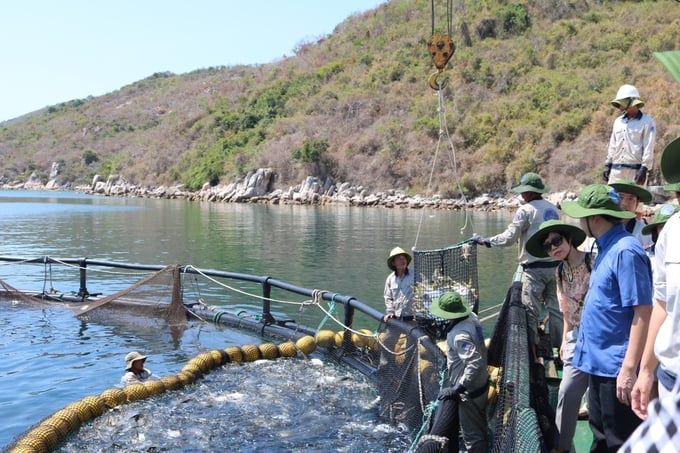
Van Phong Bay (Khanh Hoa) has sustainably developed an industrial-scale yellowfin pompano farming model. Photo: V.D.T.
Nowadays, in any field, development goes hand in hand with the application of science and technology, and the fisheries industry is no exception. Thanks to the application of new technology, deserted sand beaches and barren cassava fields along the coast of Xuan Pho (Ha Tinh) have become industrial shrimp farming fields. Ca Mau has increased total shrimp output thanks to applying new technical advances, meeting export standards to many demanding markets such as Japan, the USA, Australia, and Canada.
In industrial marine farming, the importance of science and technology is increasingly evident. According to Dr. Vo Si Tuan, Vice Chairman of the Vietnam Seaculture Association (VSA), the growth rate of aquaculture output has decreased, and fisheries output has also reached the "ceiling". Industrial marine farming becomes a “lifesaver” for the industry, contributes to export growth, and creates jobs for fishermen in the current context.
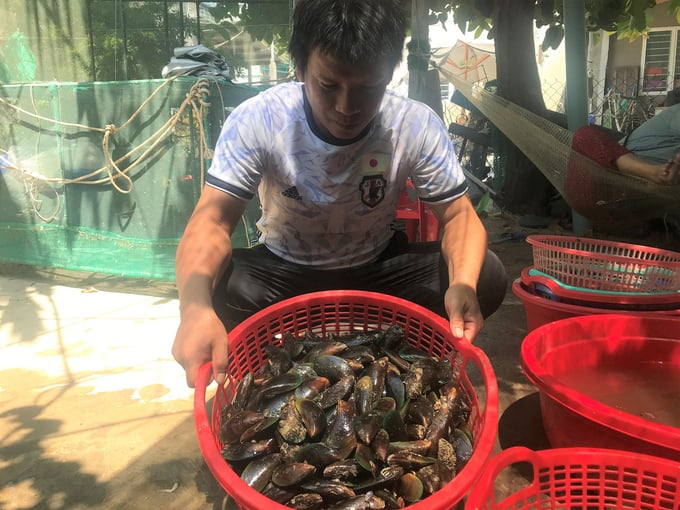
Traditional marine farming uses fresh feed and high farming density which results in to polluted farming environment. Photo: V.D.T.
The problem is that industrial marine farming requires changing cage materials, increasing the proportion of artificial food particularly for lobsters, planning to reduce farming density, applying multi-species farming, focusing more on solid waste management as well as environmental monitoring.
“What needs to be done immediately is to develop sets of technical standards for marine fish farms in bays and open waters, farms that raise mollusks and crustaceans on the seabed, and Integrated multi-species seaweed and marine farming farms. Without standards, there is nothing called an industrial marine farming industry,” said Dr. Vo Si Tuan.
Traditional marine farming is small-scale and cages are mostly made from wooden materials so they cannot withstand strong waves and winds. In addition, the majority of households use fresh feed, and the farming density in farming areas is unstable, thus polluting the farming environment and causing economic losses due to shrimp and fish dying from toxins. The marine ecological environment has seriously degraded, causing negative impacts on the landscape.
The issue of developing and transferring technology related to marine farming is still an unorganized field. Farmers mainly rely on personal experience.
The main technologies serving marine farming include artificial reproduction and seed quality maintenance; manufacturing advanced marine farming materials, facilities and tools; artificial food production and automatic food system; biotechnology for organic marine farming; mechanical technology for harvesting, preserving and transporting live seafood; technology for processing value-added seafood products and extracting active ingredients; automate systems for marine farming activities and real-time environment control; information technology and remote sensing; digitalization of marine farming management; onshore marine farming using RAS technology.
“The technology needed for dense sea farming is there, but technology transfer has certain limitations at the moment since nothing has been transferred for 10-20 years. This issue needs to be reviewed in terms of policy and implementation," Dr. Vo Si Tuan said.

Industrial marine farming requires changes in cage materials and an increase in the proportion of artificial food. Photo: V.D.T.
Regarding marine farming, there are many technological topics but they do not reach practical production. For example, there is a topic on lobster conducted in Phu Yen that is rated excellent and suitable for practice. This topic has been accepted since 2013 but has not been applied until now.
Roughly 20 years ago, when Dr. Vo Si Tuan was still participating in environmental restoration at Nha Phu bay (Nha Trang city, Khanh Hoa), Russian scientists shook their heads at the environmental degradation of Nha Phu Bay and thought it was impossible to recover. However, Dr. Vo Si Tuan succeeded thanks to bringing green mussels from other places, and then working with the locals to raise them. The locals did not ask for payment, they only collected products. The project only cost VND 20 million and hundreds of households benefited from this project.
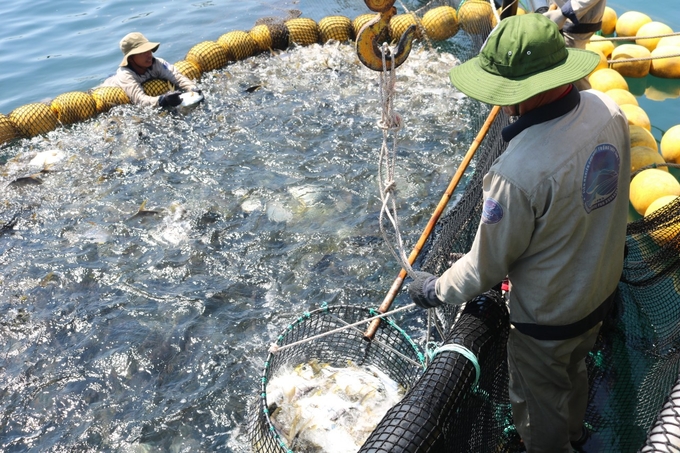
To develop marine farming in an industrial direction, the functional sector needs to invest more in training and capacity building. Photo: V.D.T.
Dr. Vo Si Tuan believes that the State must set up a fund to research scientific and management topics in the style of science for actual application instead of research and leave it at that. There must be a mechanism to encourage scientists to be more involved. Either scientists coordinate with businesses to carry out research projects and apply them to businesses' production practices, or the State has a long-term investment budget to pour into technology development.
Translated by Samuel Pham
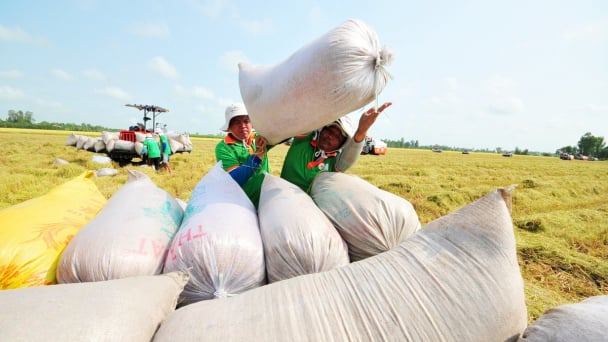
(VAN) The rice industry in the Mekong Delta is undergoing a major transformation, shifting toward sustainable, high-quality, and low-emission exports to meet the green and clean standards increasingly demanded by international markets.
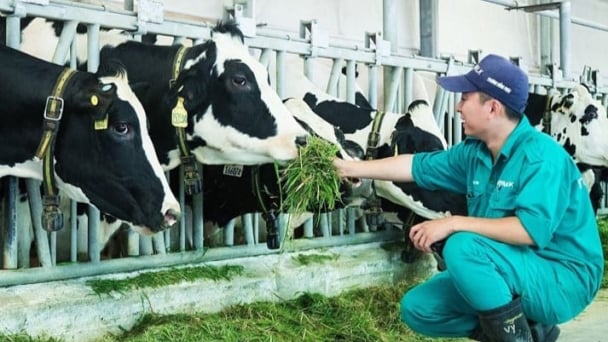
(VAN) According to Tong Xuan Chinh, Deputy Director of the Department of Livestock Production and Animal Health, Vietnam’s dairy cattle industry must overcome seven major challenges to achieve sustainable development.
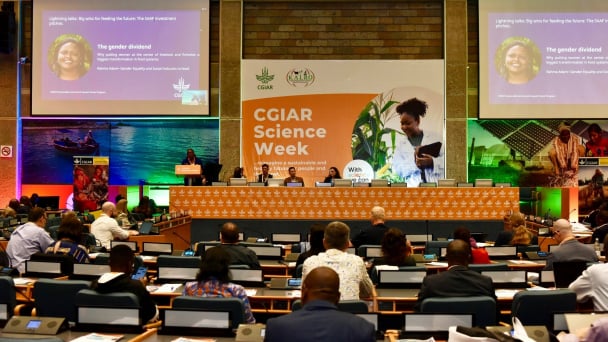
(VAN) The CGIAR’s Sustainable Animal and Aquatic Foods (SAAF) program represents a new approach that emphasizes the transformation of food systems toward sustainability.
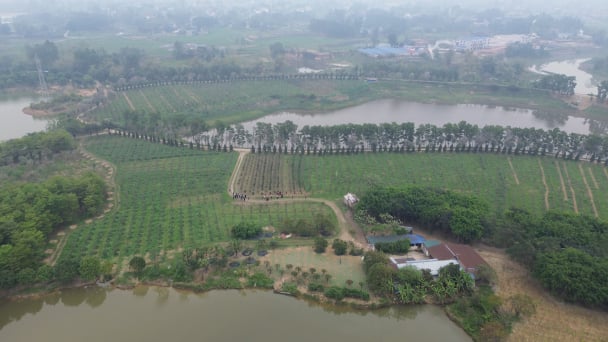
(VAN) Scientists assume that industrial agriculture has been 'outdated.' As a result, a comprehensive overhaul or a revolution in the direction of embracing ecological agriculture is needed.
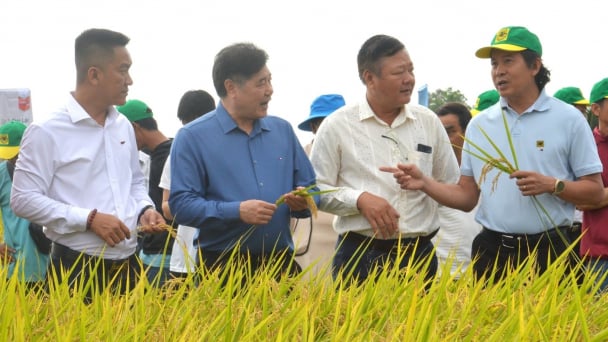
(VAN) The results from pilot fields are catalyzing the expansion of the One million hectares of high-quality, low-emission rice project in Kien Giang.
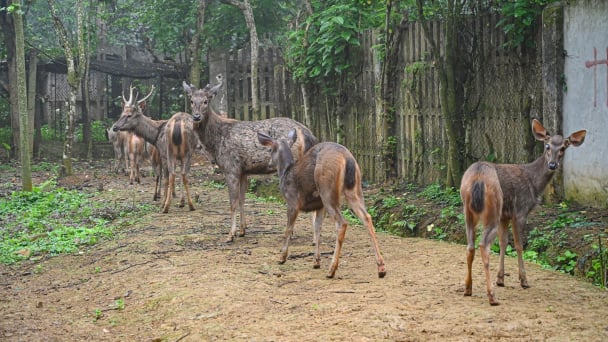
(VAN) On the morning of April 11, Cuc Phuong National Park received 18 individuals of endangered and rare wild animals from Da Nang city.
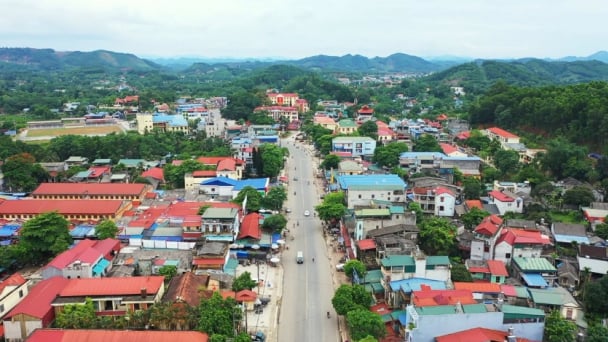
(VAN) FAO supports Vietnam in enhancing survey sampling techniques for the 2025 nationwide agricultural and rural census.